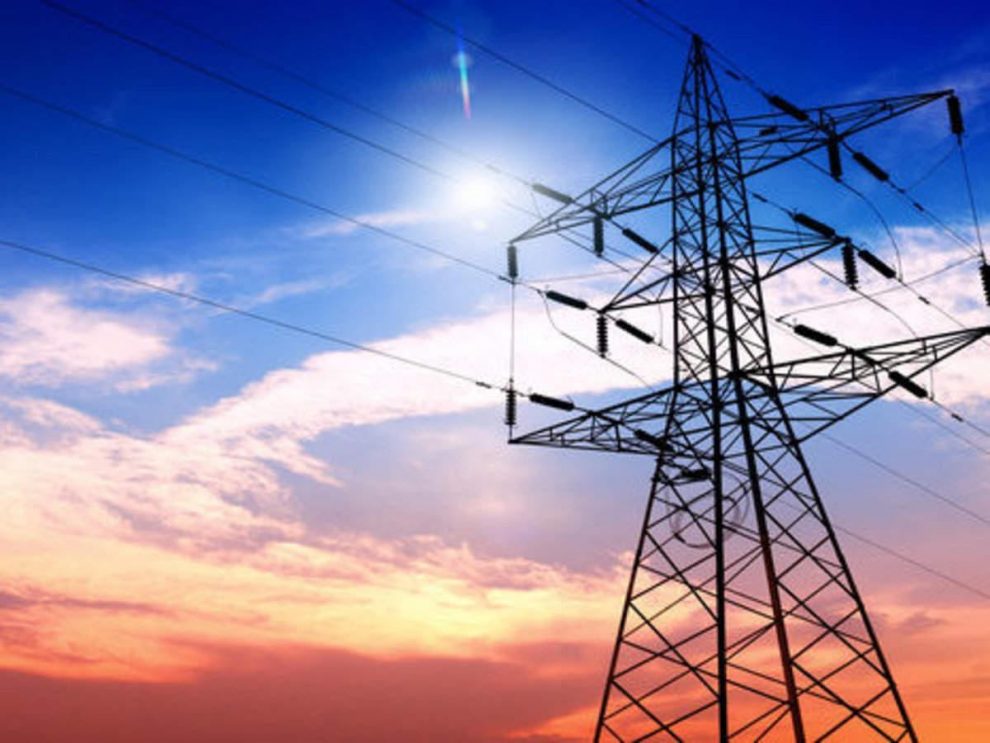As we all know, one of the main issues the solar power sector in India faces is that of high tariffs and other expenses. Its huge tariff and capacity have hindered the progress in the Solar energy sector and has been a topic of discussion among many investors and customers alike.
The SECI (Solar Energy Corporation of India) is trying its best to make some progress in this field and has come up with some changes in order to attract the crowd.
They intend on merging the higher tariff of the solar projects along with the lower tariffs of the other auctions in order for the DISCOMS to find it attractive. This will bring uniformity in the cost that distribution companies have to incur. In a competitive bidding process, a pooled tariff is the weighted average of all the tariffs involved for a specific time period which is in this case 6 months. This is done so that distribution companies can attain power in average tariffs.
If we can lower the cost relating to the hardware that we use in the production of solar power it can affect the tariffs in a positive way as production charges will come down. India is currently having one of the lowest installation costs across the world wherein 2018 it was estimated to be 793$ per KW of energy or around 5.3-5.5 crores per Megawatt.
According to one of the recent Mercom India Research, SECI has so far tendered 16.8 GW of ISTS solar projects under tranche I to X; and auctioned around 10.8 GW. The latest SECI Tranche – IX auction saw a record-low bid of ₹2.36 (~$0.0313)/kWh.
If we are able to bring about a change in the tariff it is sure to boost the solar energy sector which in turn can help boost our economy in the long run. It can also help bring down the tariffs better and companies can get a large amount of power at cheaper rates.
Moreover, solar energy is renewable compared to the use of other non-renewable forms of energy and it can help us take a load off of them. It is also a cleaner form of energy which will help us improve the impact of pollution on our surrounding environment.
Article source: Mercom India
Image credit: m.economictimes.com














Add Comment